In today’s world, managing significant expenses can be a daunting task. Whether you’re a homeowner looking to renovate, a financial planner seeking options for your clients, or a real estate investor exploring new opportunities, understanding your financial tools is crucial. This blog post will guide you through cash-out refinancing, a potential game-changer for managing substantial costs.
Understanding Cash-Out Refinancing
What is a Cash-Out Refinance?
A cash-out refinance allows homeowners to replace their current mortgage with a new one, borrowing more than they owe on their home. The difference is given to the homeowner in cash, which can be used for major expenses. This type of refinancing taps into your home’s equity, making it an appealing option for those needing funds.
How Does It Work?
In a cash-out refinance, you refinance your mortgage for more than what you currently owe. The new loan pays off your existing mortgage, and the remaining amount is provided to you in cash. For instance, if your home is worth $300,000 and you owe $200,000, you could refinance to a $250,000 loan, giving you $50,000 in cash.
Benefits and Drawbacks
Cash-out refinancing offers several benefits, including lower interest rates compared to other types of loans, tax-deductible interest, and the potential to consolidate debt. However, it also comes with risks like higher monthly payments and the possibility of losing your home if you can’t repay the loan. Weighing these pros and cons is essential for making an informed decision.
Major Expenses a Cash-Out Refinance Can Address
Home Renovations
One of the most common uses for cash-out refinancing is home improvement. Upgrading kitchens, adding bathrooms, or creating outdoor spaces can increase your property’s value and enhance your living experience. With a cash-out refinance, you can access the funds needed for these projects without taking out a separate loan.
Debt Consolidation
Consolidating high-interest debts such as credit card balances or personal loans can be another effective use of cash-out refinancing. By rolling these debts into a single, lower-interest mortgage payment, you can simplify your finances and potentially save on interest costs. This strategy requires discipline to avoid accumulating new debt.
Real Estate Investments
For real estate investors, a cash-out refinance can provide the capital needed to invest in additional properties. By leveraging your home’s equity, you can access funds to purchase rental properties, flip homes, or invest in commercial real estate. This approach can diversify your investment portfolio and generate additional income streams.
Is a Cash-Out Refinance Right for You?
Assessing Your Financial Situation
Determining if a cash-out refinance is suitable for your needs requires a thorough assessment of your financial situation. Consider factors such as your credit score, current mortgage terms, and long-term financial goals. Consulting with a financial advisor can provide personalized guidance tailored to your circumstances.
Evaluating the Costs
Understanding the costs associated with a cash-out refinance is critical. These may include closing costs, origination fees, and appraisal fees. Comparing these expenses against the potential benefits will help you decide if the refinance is worth pursuing. Ensure you have a clear picture of all costs involved before proceeding.
Long-Term Implications
Think about the long-term implications of a cash-out refinance on your financial health. While it can provide immediate funds for significant expenses, it also increases your mortgage debt. Ensure that the benefits, such as lower interest rates or debt consolidation, outweigh the added debt burden. Plan for how you’ll manage the new mortgage payment.
Finding the Best Lender for Your Cash-Out Refinance
Comparing Loan Offers
Once you’ve identified potential lenders, compare their loan offers. Pay attention to interest rates, loan terms, and any associated fees. Use online tools and calculators to estimate your monthly payments and total loan costs. Comparing multiple offers will help you find the best deal tailored to your financial needs.
Navigating the Application Process
Applying for a cash-out refinance involves several steps, from gathering documentation to completing the application and undergoing a home appraisal. Being prepared and organized can streamline the process. Work closely with your chosen lender to ensure all paperwork is submitted accurately and promptly.
Conclusion
Financial Stability Through Cash-Out Refinancing
Cash-out refinancing can be a powerful tool for managing significant expenses, providing financial flexibility, and improving long-term stability. By tapping into your home’s equity, you can access funds for home renovations, debt consolidation, or real estate investments. However, it’s essential to weigh the benefits and drawbacks carefully.
Taking the Next Step
If you’re considering a cash-out refinance, consult with financial experts or lenders to explore your options. Their personalized advice can help you make the best decision for your unique financial situation. Taking this step can unlock new opportunities and help you achieve your financial goals.






